
Alizarin Crimson
What color is Alizarin Crimson? What are the examples of Alizarin Crimson color in life? What is another name for alizarin crimson? What is Alizarin Crimson used for? Is alizarin still used today? What are some interesting facts about alizarin? What looks best in Alizarin Crimson? What strange or uncommon things can be of the Alizarin Crimson color? The Alizarin Enigma: A Tale of Color and Innovation
What color is Alizarin Crimson?
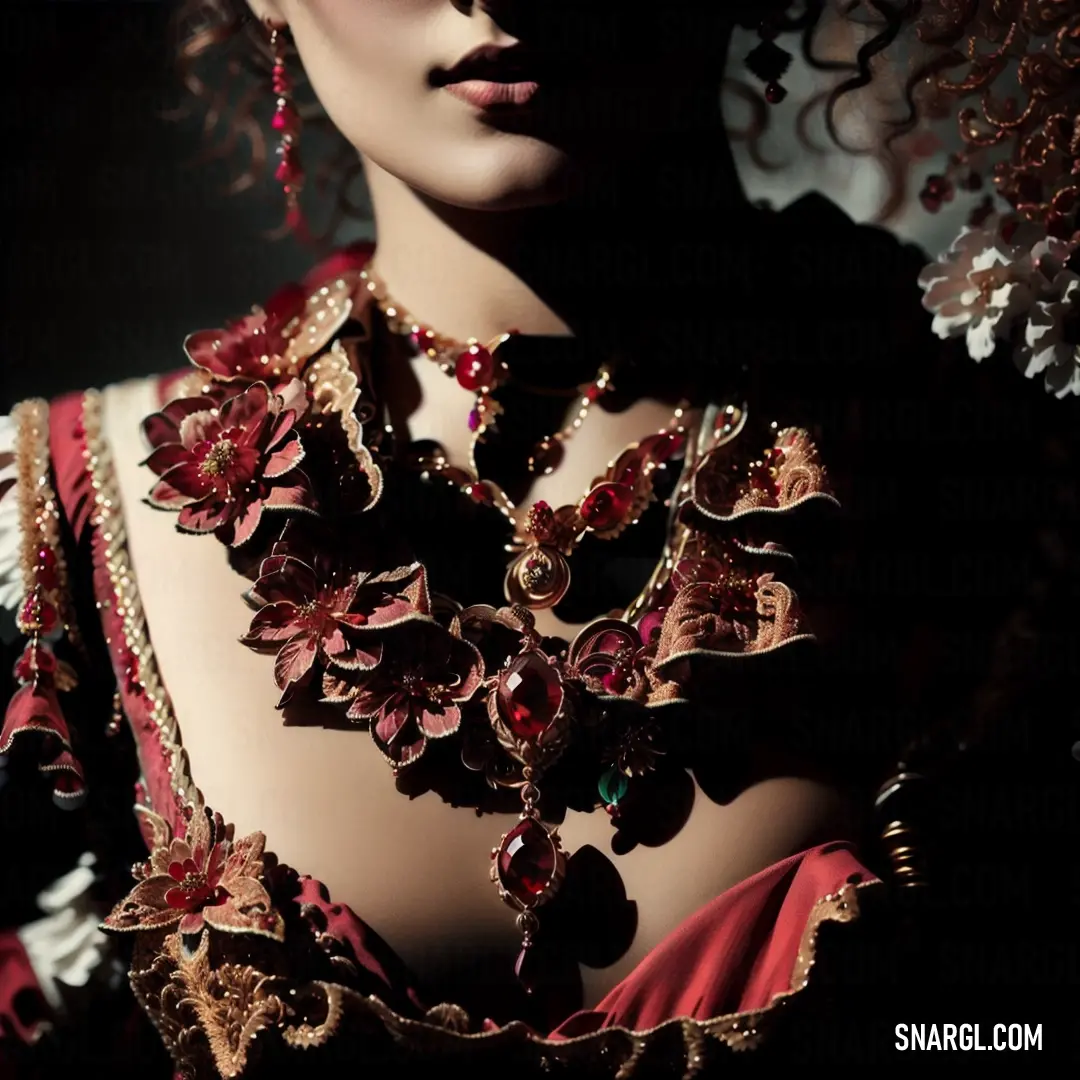

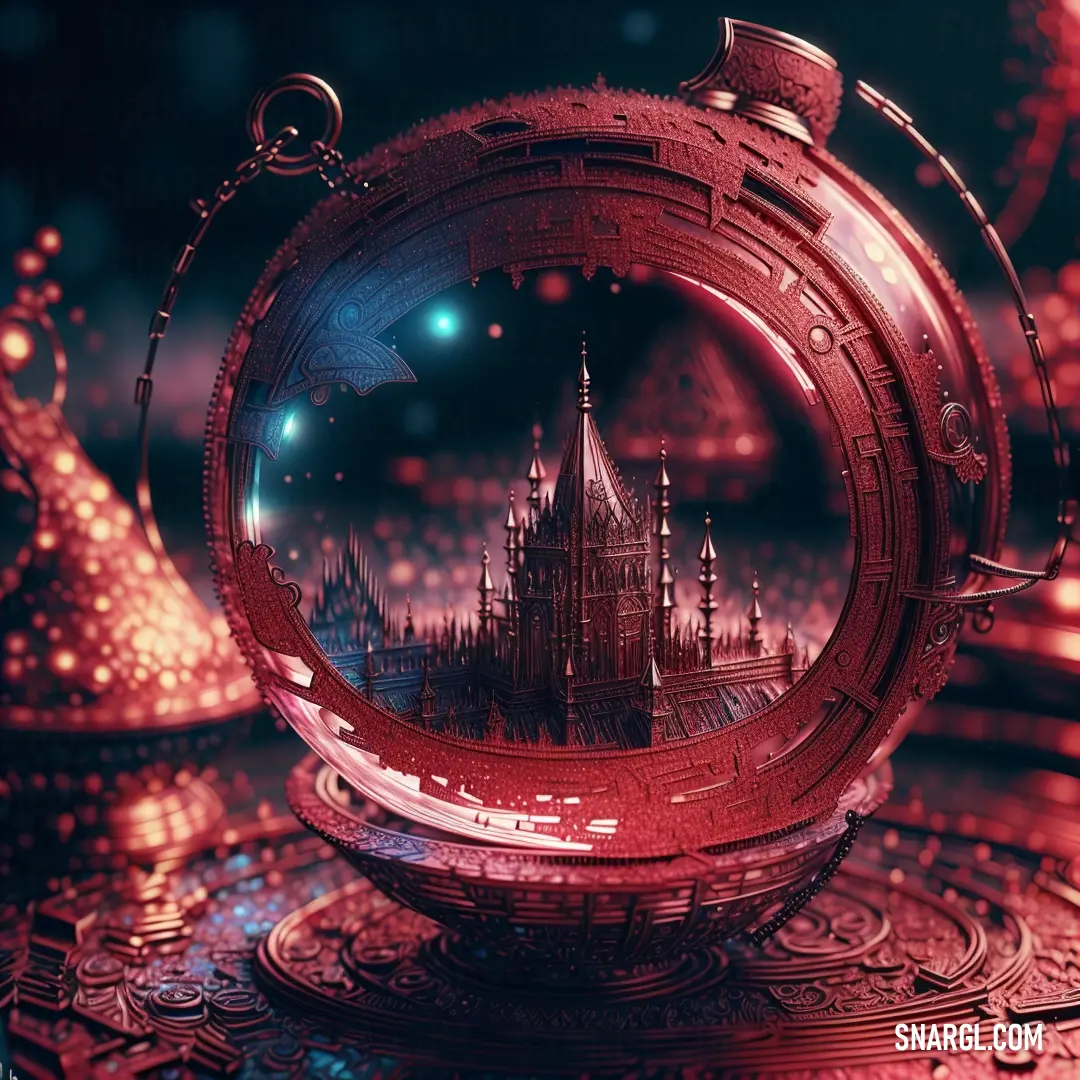


It is named after the organic dye alizarin, found in the madder plant, and the related synthetic lake pigment alizarin crimson (PR83 in the Color Index).
Alizarin crimson is known for its capacity to create a wide range of rich, permanent purples and browns.
It is a deep, cool red with a high tinting strength and, despite concerns about its lightfastness, many artists find the colour indispensable.
Alizarin crimson can be represented by the hexadecimal code #E32636 or the RGB values 227, 38, 54.
Example of the palette with the Alizarin Crimson color

See these colors in NCS, PANTONE, RAL palettes...
Example of the palette with the Alizarin Crimson color

See these colors in NCS, PANTONE, RAL palettes...
What are the examples of Alizarin Crimson color in life?
Example of the palette with the Alizarin Crimson color

See these colors in NCS, PANTONE, RAL palettes...
What is another name for alizarin crimson?
Madder lake was a historical pigment used since antiquity, but it was replaced by the synthetic lake pigment alizarin crimson in the nineteenth century.
Alizarin crimson is a deep, cool red with a blue undertone, and it can create a wide range of rich, permanent purples and browns.
It is a popular colour for artists, especially for glazing techniques.
Example of the palette with the Alizarin Crimson color
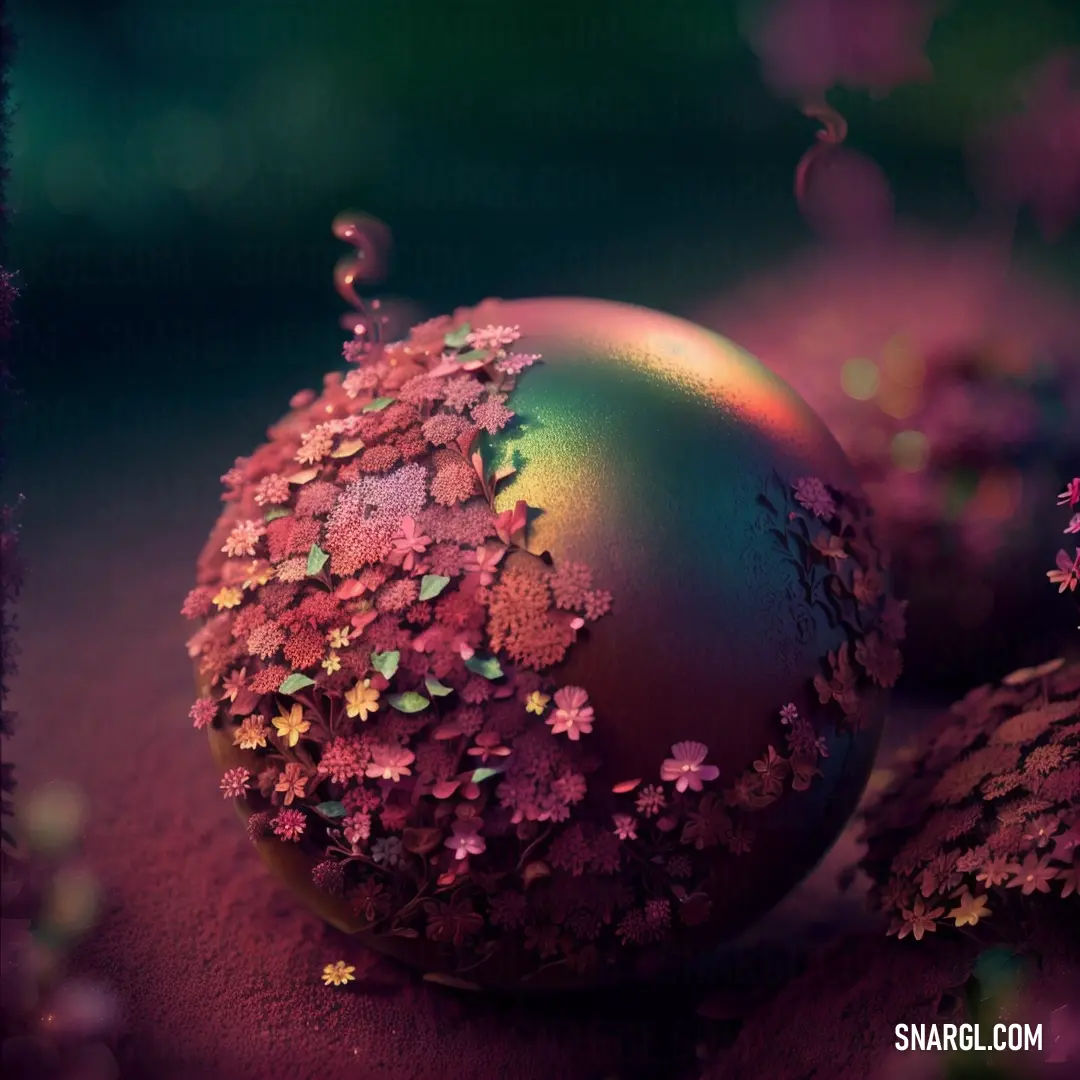
See these colors in NCS, PANTONE, RAL palettes...
Example of the palette with the Alizarin Crimson color

See these colors in NCS, PANTONE, RAL palettes...
What is Alizarin Crimson used for?
Painting: Alizarin crimson is a popular pigment for artists, especially for oil and watercolour painting.
It can create rich, permanent purples and browns when mixed with other colours, and it has a high tinting strength.
It is also transparent, which makes it ideal for glazing techniques.Dyeing: Alizarin crimson is derived from the organic dye alizarin, which is found in the madder plant.
It has been used for dyeing fabrics since ancient times, and it was one of the first natural dyes to be synthesized.
It produces a vivid reddish-orange colour that can vary depending on the mordant used.Printing: Alizarin crimson is also used for printing processes, such as lithography and woodcut.
It can create sharp contrasts and dramatic effects when combined with other colours.
It is also suitable for printing on different types of paper and textiles.
However, it is also known to fade when exposed to UV light, especially when used in dilute washes or tints.
Example of the palette with the Alizarin Crimson color
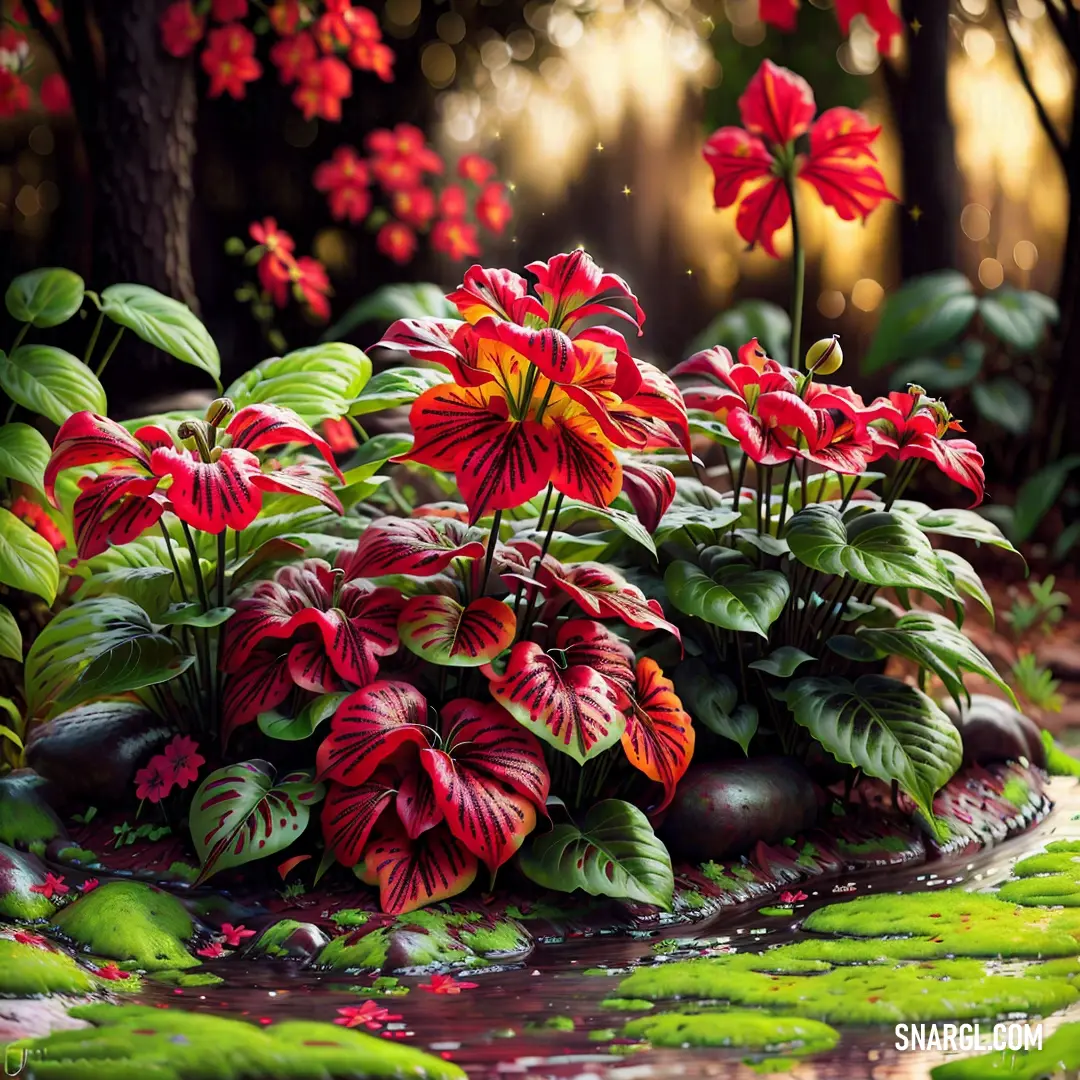
See these colors in NCS, PANTONE, RAL palettes...
Is alizarin still used today?
It was widely used for textile dyeing in ancient and medieval times, especially for the Turkey red process.
However, in 1869, alizarin became the first natural dye to be synthesized from anthraquinone, a chemical compound found in coal tar.
This led to the decline of the natural product in the market, as the synthetic dye was cheaper and more consistent in quality.
Today, alizarin is still used as a dye, but to a lesser extent than in the past.
It is mainly used for artistic purposes, such as painting and printing.
Alizarin is also used as a staining agent in biological research, as it can bind to free calcium and certain calcium compounds, producing a red or purple color.
Alizarin can also change color depending on the pH of the solution it is in, making it a pH indicator.
Alizarin is one of the oldest and most important natural dyes, and it has influenced the development of many synthetic dyes and pigments.
It is also a valuable tool for scientific and artistic applications, as it can reveal the presence and properties of various substances.
Alizarin is a remarkable example of how nature and human ingenuity can create beautiful and useful colors.
Example of the palette with the Alizarin Crimson color

See these colors in NCS, PANTONE, RAL palettes...
What are some interesting facts about alizarin?
Here are some interesting facts about alizarin:
Alizarin was originally obtained from the root of the common madder plant, Rubia tinctorum, where it occurs as a glycoside.
Madder was cultivated as a dyestuff since antiquity in central Asia and Egypt, and was used to dye cloth found in the tomb of Tutankhamun, the ruins of Pompeii, and ancient Athens and Corinth.Alizarin became the first natural dye to be synthesized in 1869 by Carl Graebe and Carl Liebermann, who isolated it from coal tar.
This marked the beginning of the modern era of synthetic dyes, which gradually replaced natural dyes in the textile industry.Alizarin is one of the ten isomers of dihydroxyanthraquinone, and has the chemical formula C14H8O4.
It forms insoluble, intensely colored chelate complexes with multivalent metal ions, called alizarin lakes.Alizarin is also used as a staining agent in biological research, because it stains free calcium and certain calcium compounds a red or light purple color.
Alizarin is a pH indicator, meaning that it changes color depending on the acidity or alkalinity of the solution it is in.
It is orange-red in acidic solutions, purple in neutral solutions, and yellow in alkaline solutions.
Example of the palette with the Alizarin Crimson color

See these colors in NCS, PANTONE, RAL palettes...
What looks best in Alizarin Crimson?
It is named after the organic dye alizarin, found in the madder plant, and the related synthetic lake pigment alizarin crimson.
Alizarin crimson can create a wide range of rich, permanent purples and browns when mixed with other colors.
Some things that look best in alizarin crimson are:
Flowers, such as roses, poppies, geraniums, and peonies.
Alizarin crimson can capture the vibrant and delicate beauty of these blooms.Paintings, especially those with a romantic or dramatic mood.
Alizarin crimson was a popular color for artists such as Vincent van Gogh, Claude Monet, and Paul Cézanne.
It can add depth, contrast, and emotion to any artwork.Clothes, especially for formal or festive occasions.
Alizarin crimson can make a bold and elegant statement, whether it is a dress, a suit, a scarf, or a tie.
It can also complement different skin tones and hair colors.
It fills my eyes with pure delight
It paints the sky at dawn and dusk
It makes the roses smell like musk
Alizarin crimson, a color so deep
It stirs my soul and makes me weep
It colors the blood that flows in my veins
It reminds me of love and all its pains
Alizarin crimson, a color so rare
It sparks my imagination and makes me dare
It blends with other hues to create new shades
It inspires me to explore and seek new trades
Example of the palette with the Alizarin Crimson color

See these colors in NCS, PANTONE, RAL palettes...
What strange or uncommon things can be of the Alizarin Crimson color?
Example of the palette with the Alizarin Crimson color
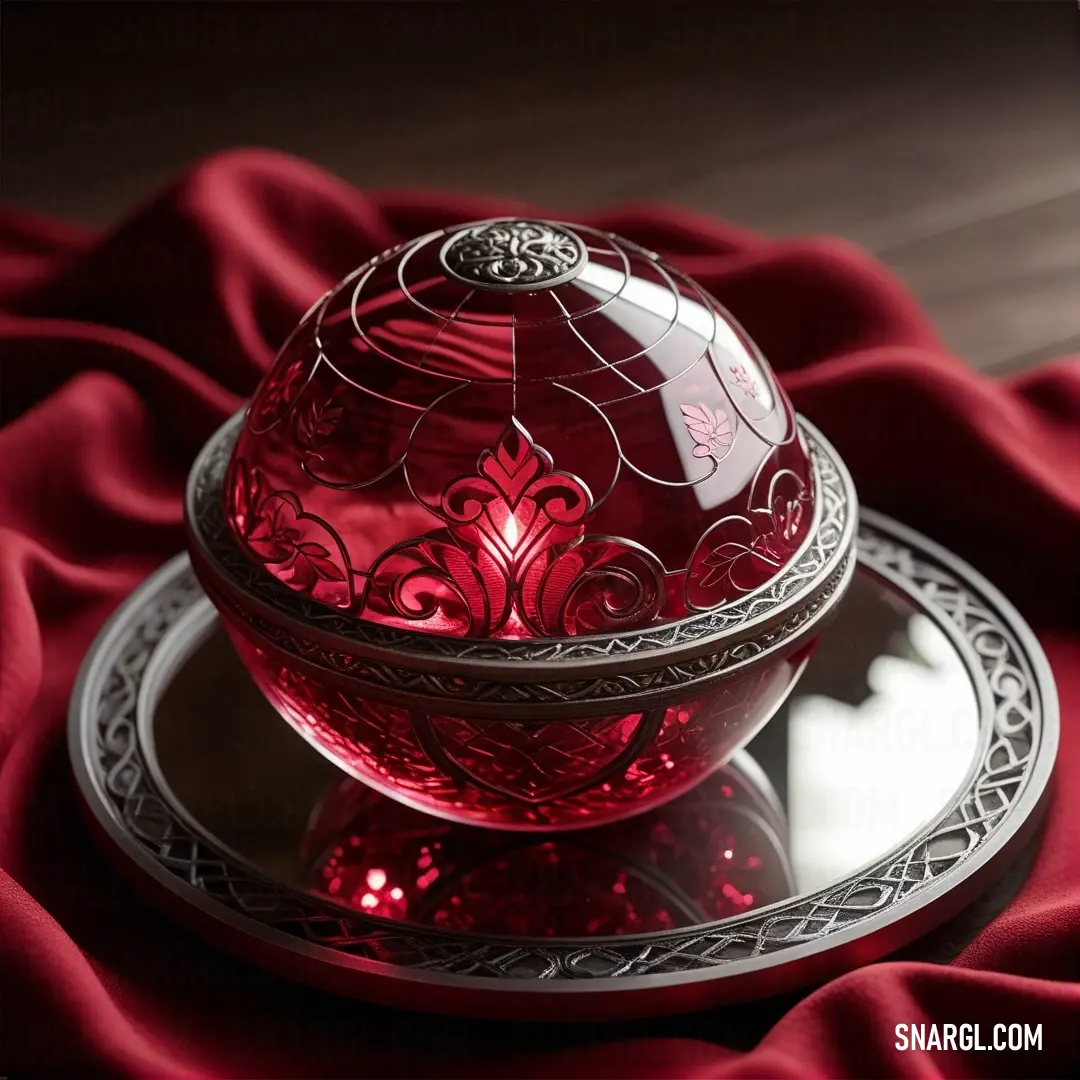
See these colors in NCS, PANTONE, RAL palettes...
The Alizarin Enigma: A Tale of Color and Innovation
Karl had always been fascinated by the deep, rich hue of Alizarin crimson. It was a color that seemed to pulse with life, evoking emotions that no other pigment could. His studio was filled with canvases that bore the mark of his obsession, each one a testament to his mastery of the color. Yet, despite his success, Karl felt that he had only scratched the surface of what Alizarin crimson could achieve.

Raj, on the other hand, was a man of science and precision. His work as an engineer had earned him accolades for his innovative designs, but he yearned for a challenge that would push the boundaries of his creativity. When he stumbled upon Karl's work at a local gallery, he was struck by the painter's use of Alizarin crimson. It was as if the color held a secret, one that Raj was determined to uncover.
Their paths crossed at an art exhibition where Karl was showcasing his latest collection. Raj, intrigued by the painter's use of Alizarin crimson, approached him with a proposition. "What if we could harness the power of this color in a way that has never been done before?" he asked, his eyes gleaming with excitement.
Karl, always open to new ideas, was intrigued. "What do you have in mind?" he replied, his curiosity piqued.
Raj explained his vision: a project that would combine art and engineering to create a living, breathing masterpiece. They would use Alizarin crimson not just as a pigment, but as a medium that could interact with its environment. The color would respond to changes in light, temperature, and even sound, creating a dynamic, ever-changing work of art.

The idea was both strange and shocking, but Karl was captivated by the possibilities. They began their collaboration in Karl's studio, where they experimented with different formulations of Alizarin crimson. Raj used his engineering expertise to develop sensors and microprocessors that could be embedded in the paint, allowing it to react to external stimuli.
Their first breakthrough came when they discovered that Alizarin crimson could be made to fluoresce under certain conditions. By adjusting the chemical composition of the paint, they were able to create a version that glowed with an otherworldly light when exposed to ultraviolet rays. This was just the beginning.
As their project progressed, they faced numerous challenges. The paint was temperamental, often reacting in unexpected ways. There were moments of frustration and doubt, but their shared passion for innovation kept them going. Slowly but surely, they began to see results.
The final piece, which they named "The Alizarin Enigma," was unveiled at a special exhibition in Amsterdam. It was a massive installation, covering an entire wall of the gallery. At first glance, it appeared to be a stunning abstract painting, with swirls of Alizarin crimson creating a mesmerizing pattern. But as visitors approached, the true magic of the piece was revealed.
The color shifted and changed in response to the presence of people. It pulsed with light when someone spoke, creating a visual representation of sound waves. It grew warmer and more vibrant as the temperature in the room increased, and it shimmered with a soft glow when touched. The installation was alive, a living testament to the power of art and science working in harmony.
"The Alizarin Enigma" became a sensation, drawing visitors from around the world. Karl and Raj's collaboration had pushed the boundaries of what was possible, creating a new frontier in the world of design. Their story was one of creativity, innovation, and the unending quest to explore the unknown.
And so, in the heart of Amsterdam, the legacy of Karl Xiang and Raj McLeod lived on, a testament to the strange and shocking possibilities that arise when art and engineering collide.











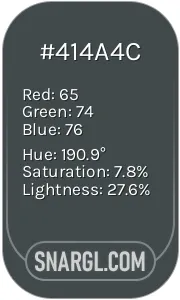 Outer Space
Outer Space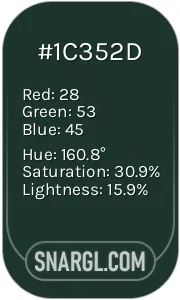 Medium jungle green
Medium jungle green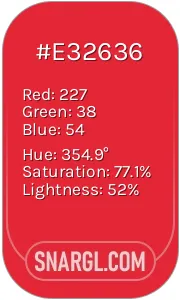 Alizarin Crimson
Alizarin Crimson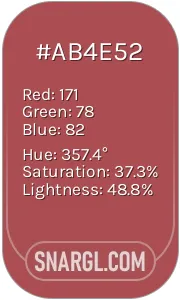 Rose vale
Rose vale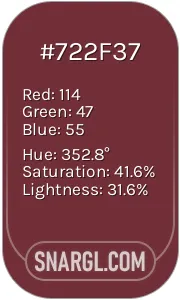 Wine
Wine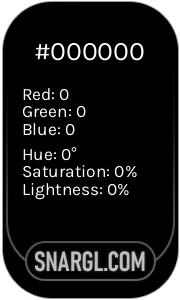 Black
Black Dark jungle green
Dark jungle green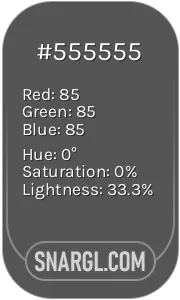 Davy grey
Davy grey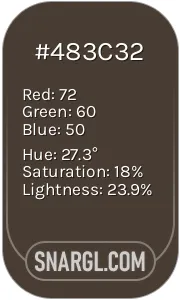 Dark lava
Dark lava



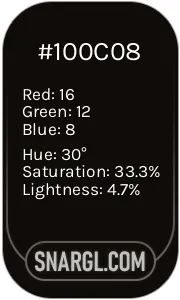 Smoky black
Smoky black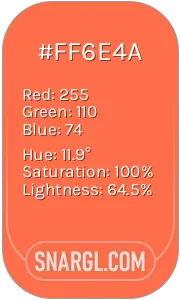 Outrageous Orange
Outrageous Orange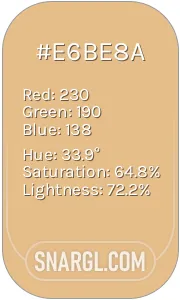 Pale gold
Pale gold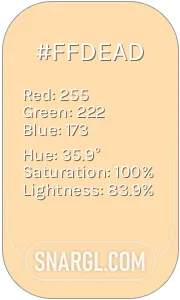 Navajo white
Navajo white









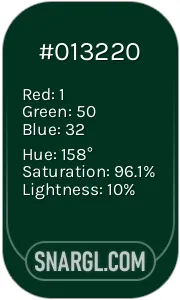 Dark green
Dark green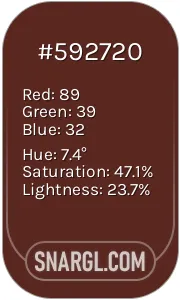 Caput mortuum
Caput mortuum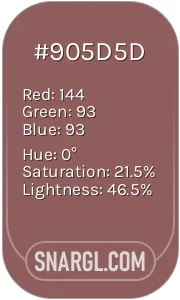 Rose taupe
Rose taupe Light salmon pink
Light salmon pink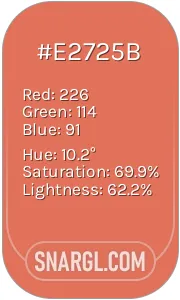 Terra cotta
Terra cotta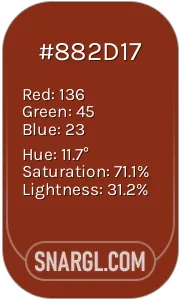 Sienna
Sienna



 Cambridge Blue
Cambridge Blue Dark tan
Dark tan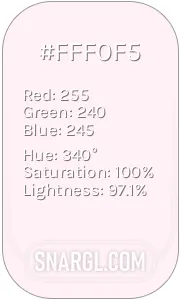 Lavender Blush
Lavender Blush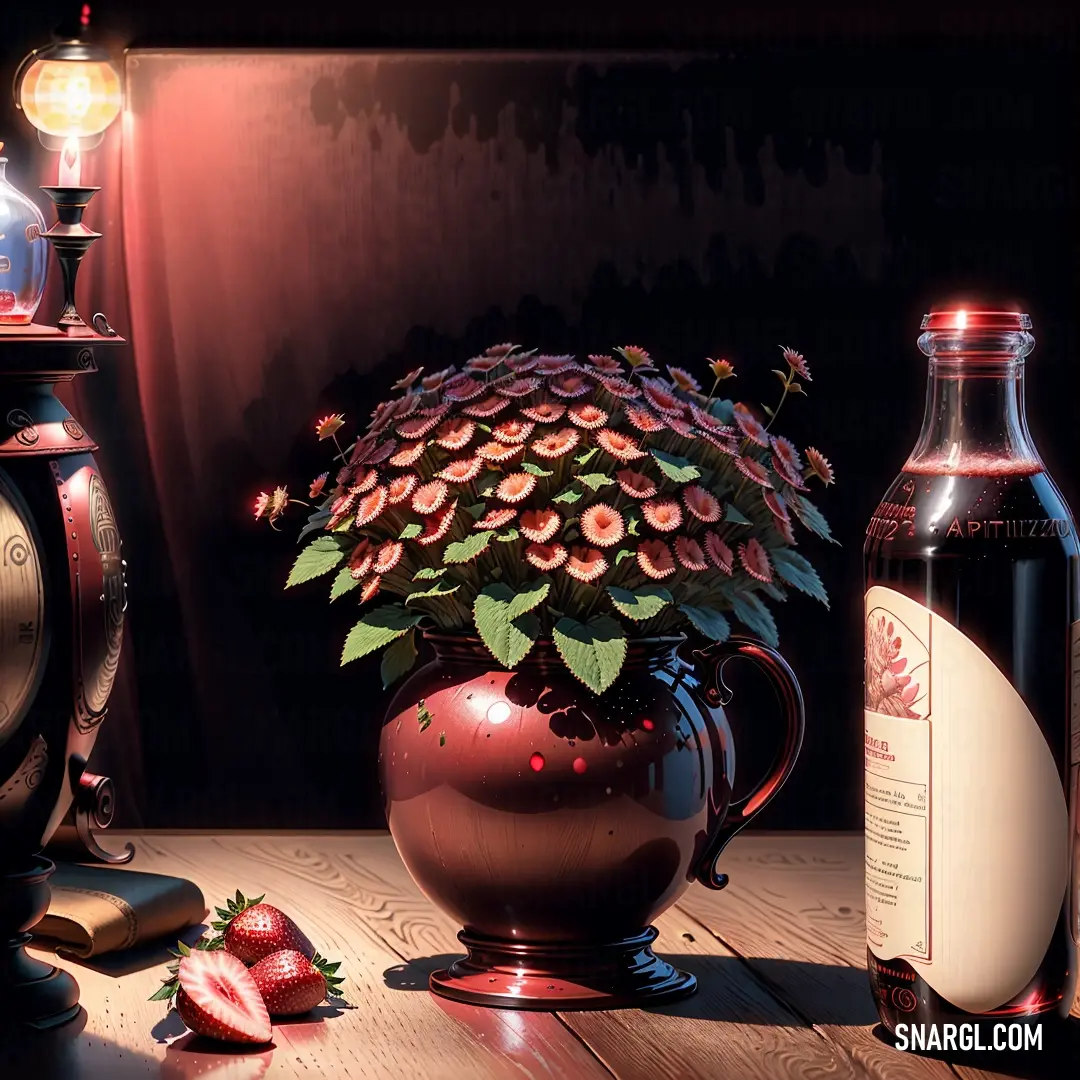




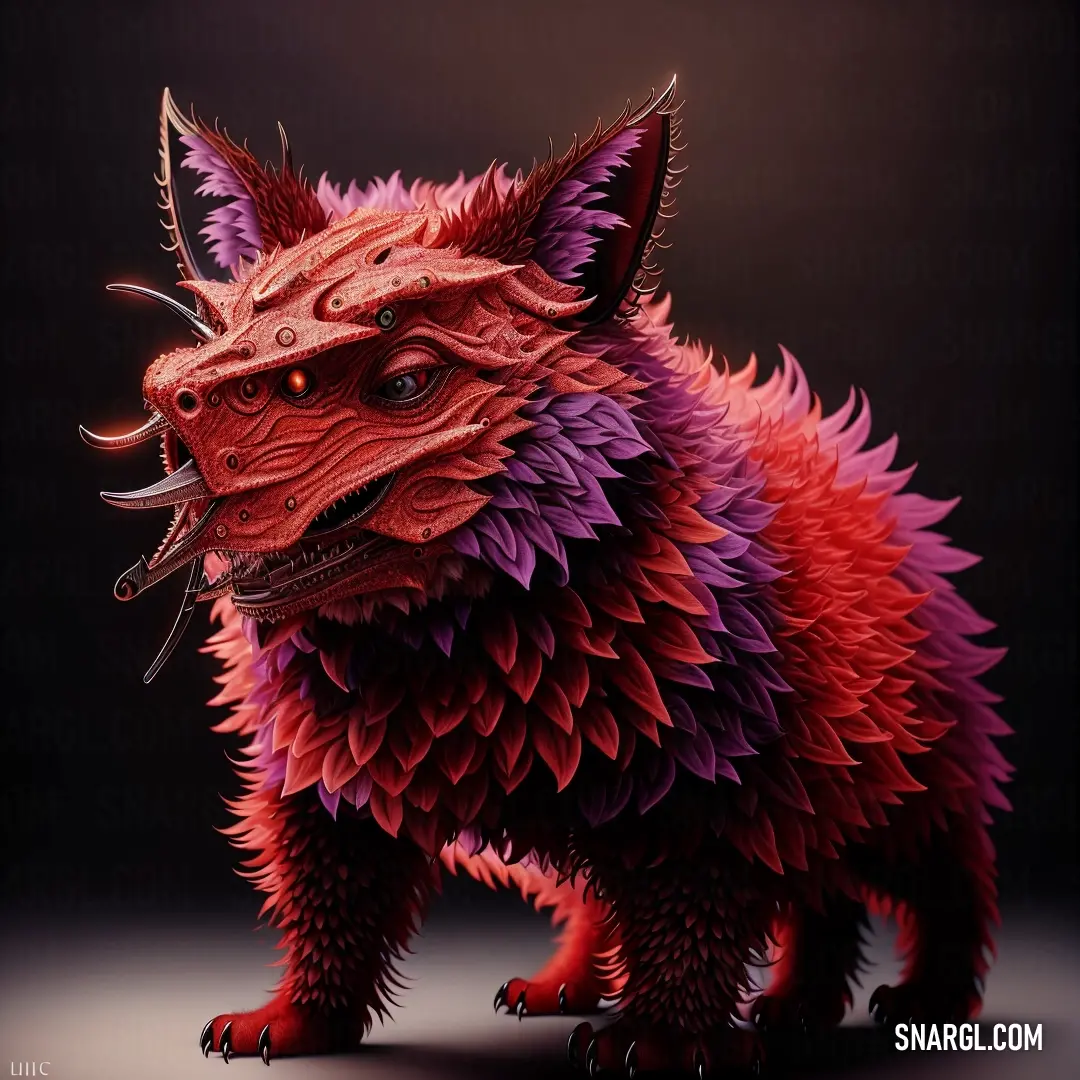

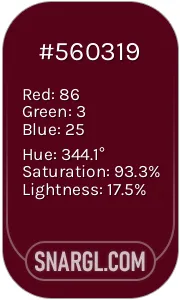 Dark scarlet
Dark scarlet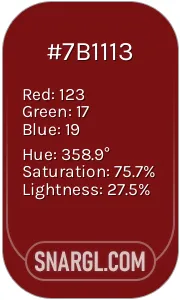 UP Maroon
UP Maroon Upsdell red
Upsdell red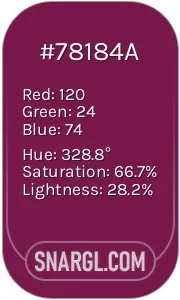 Pansy purple
Pansy purple



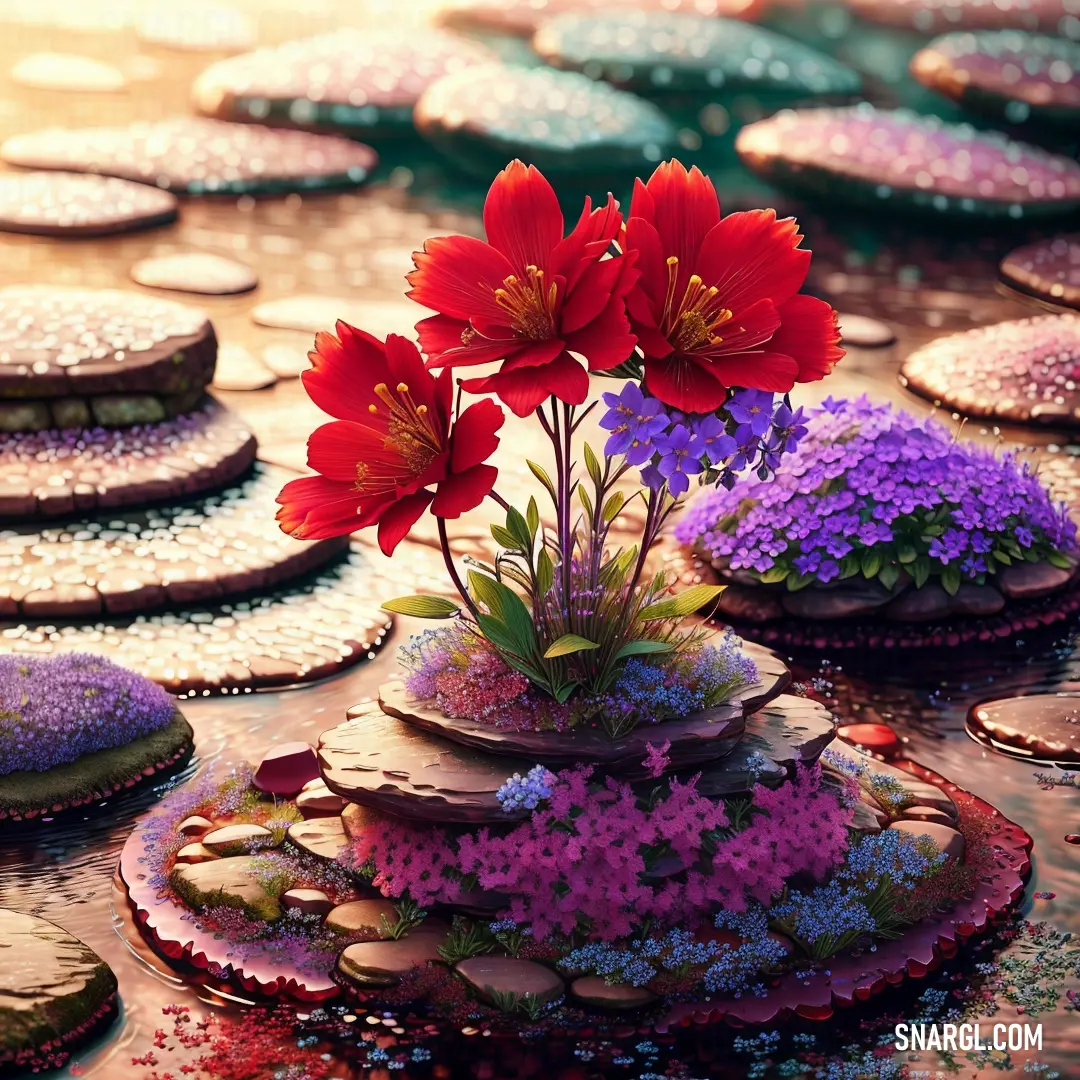

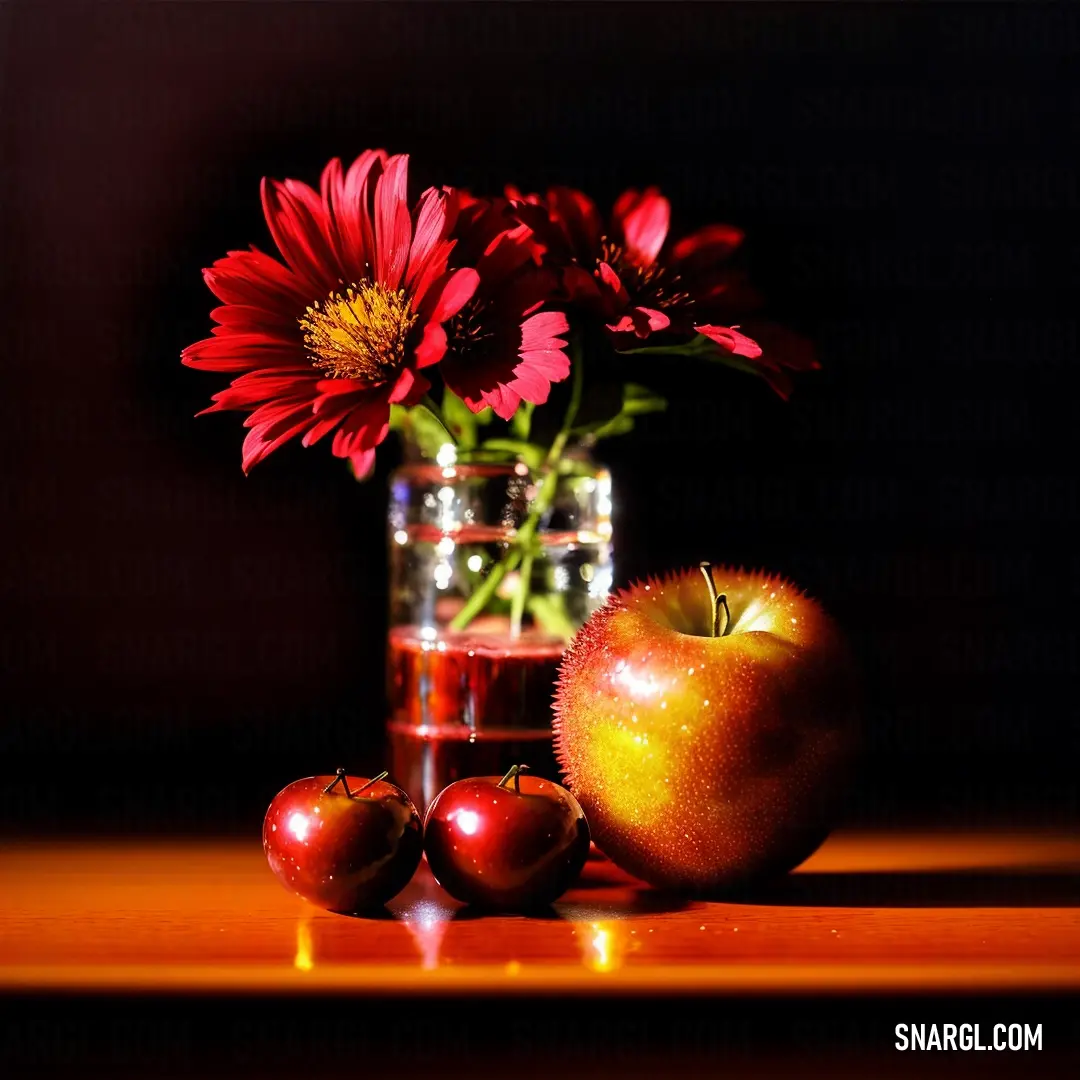
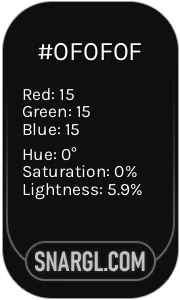 Onyx
Onyx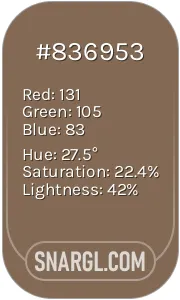 Pastel brown
Pastel brown Candy pink
Candy pink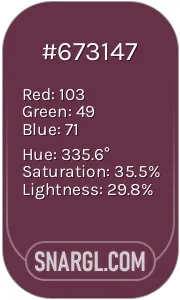 Old mauve
Old mauve








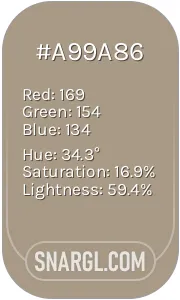 Grullo
Grullo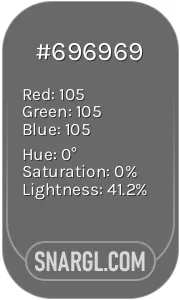 Dim gray
Dim gray



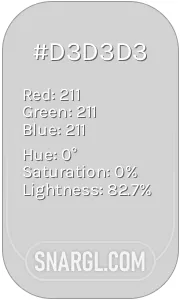 Light gray
Light gray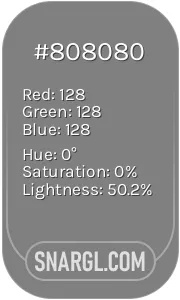 Gray
Gray



























